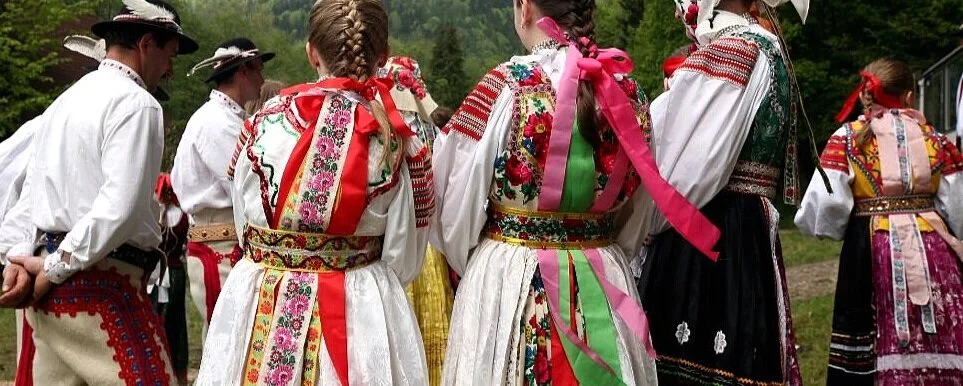In 2019, over 2 million people in the United States reported being of Czech or Slovak heritage, according to the U.S. Census Bureau. Many of these individuals are descendants of Czech immigrants that settled in more rural parts of the country and, as a result, have developed their own unique culture that blends their Czech heritage with American traditions.
While there were several waves of immigration from the Czech Republic and the Slovak Republic, the first began in the latter portion of the nineteenth century and into the twentieth century. In the Midwest, one of the places these immigrants settled was in eastern Nebraska, and, according to the Czech Heritage Project, a large amount of the population there today still identifies with this heritage. Depending on the county, the number of people with Czech ancestry ranges from 15% up to 44%.
The Wilber Czech Festival, or Czech Days, is a festival held in Nebraska that celebrates the area’s heritage with an abundance of live music, a parade, and a talent show. The festival is used not only as an opportunity to gather but also to promote and perpetuate Czech culture.
Even beyond these few days, the impacts of the Czech community are still felt. Polka music is typical to hear over radio stations, and stores that sell specialized items such as sausages and kolaches are popular throughout historically Czech communities. Although the Czech Heritage Project reports a decreasing number of people in younger generations can speak Czech fluently or know more than a few phrases, the culture’s influence in the area remains visible. The rural nature of these communities preserved aspects of their heritage, which their descendants now celebrate.
Parade during the Wilber Czech Festival. Photo courtesy of Flickr.
A similar trend can be observed in the South. The Texas State Historical Association states that thousands of immigrants from mostly Moravia traveled through Galveston and settled into about 250 different communities throughout Texas. The language tradition continues today, which the Texas Almanac contributes to the fact that it is formally taught in several schools. However, the Czech spoken in this area is different from the Czech spoken overseas. Because many of these individuals were from the Moravian region, the Statesmen reports that the Texan Czech dialect is closer to “old Moravian” and absorbed German terms as it evolved.
Hand of taroky. Photo courtesy of Flickr.
Several Czech festivals occur in Texas, such as Westfest, where the community celebrates its heritage over several days. However, the unique blend of Czech and Texan traditions is a little more prominent. Besides the dialect spoken there, some aspects of the festival might be unfamiliar to someone who grew up in the Czech Republic. Two tournaments occur alongside each other, one for the Czech card game taroky and the other for the American lawn game washers. Polka music is heard playing by those riding attractions at the fair, another very American tradition. Additionally, although beauty pageants occur in other parts of the world, pageants in the United States are very popular and widespread. Westfest holds its own contest each year, crowning a “Miss Westfest” clad in a kroj.
The influence of Czech culture in Texas also remains apparent beyond this celebration. Cities with names like Praha, after the capital of the Czech Republic, and Moravia can be found between San Antonio and Houston. Several radio stations continue to play polka music, and the kolache is prevalent throughout the state, although the food known by Texans is different from the Czech variety. Like in the Midwest, the isolated nature of these towns allowed these communities to retain aspects of their heritage.
While some festivals in the Czech Republic center around celebrating folk traditions, such as the Ride of the Kings that features traditional dress and dancing, the celebrations in America are unique. In both the Midwest and the South, descendants of Czech immigrants continue to celebrate their heritage through these events.
Written by Erin Schachtner.





